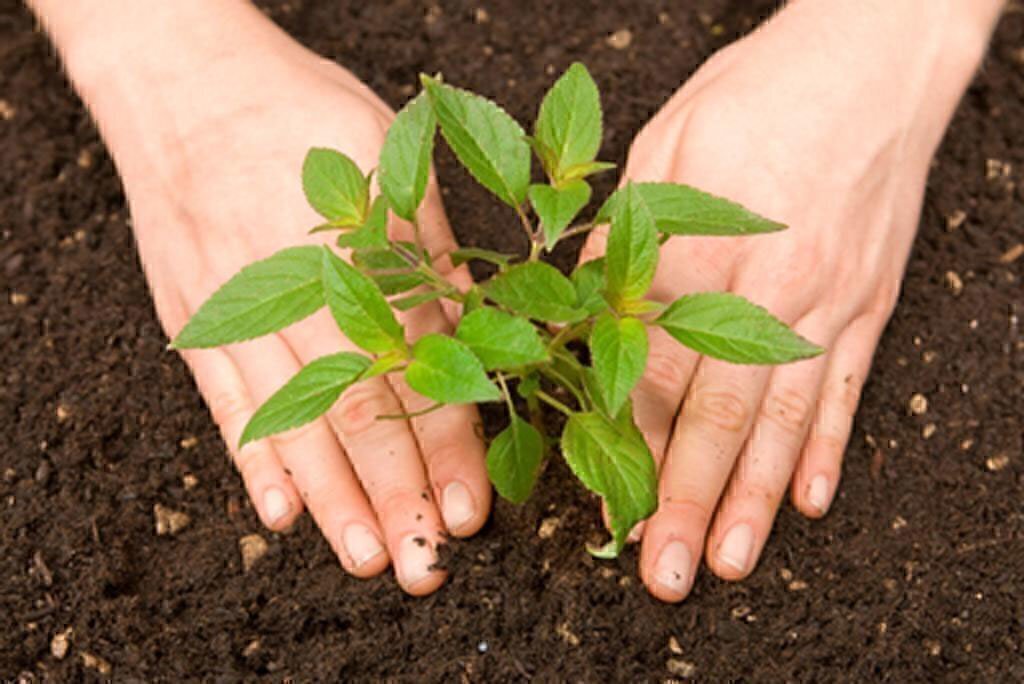Gardening: Planting 101
Last updated May 2024

Learn about plant specimens and their care from garden center staff, websites, or books. Then get digging with these tips:
For most plants, the hole should be three to five times as wide as the root ball, to allow roots to spread. Otherwise untilled soil may serve as a pot, containing the roots and strangling the plant.
When container-grown plants come out of pots with a tight ball of fibrous roots growing in a circle, cut or untangle that to allow outward growth. Otherwise, the roots will continue to grow in the ground as if still in the pot—and eventually the plant may suffocate itself. Cut a deep “X” in the bottom of the root ball, extending the cuts about one-fourth of the way up the ball; then pull those four sections out to the sides like legs. Then make two or three cuts with your knife about one-half inch deep down the sides of the ball to break the circular flow of the root fibers.
When planting any tree or shrub in a hole deeper than the root ball, allow for the plant to settle as the soil is compacted, and don’t put soil on top of the root ball.
When transporting foliage-bearing plants, don’t expose them to the wind; it rapidly dries them out. If you load them into your trunk with foliage protruding, cover them with burlap.
Keep plants in the shade, prepping holes before you uncover them, and get them in the ground quickly, before they dry out.
Carry plants by the root ball or container—not the stem—so that the stem doesn’t break. Don’t drop plants; the ball might split.
Don’t plant too deep. Plant shrubs such as azaleas and rhododendrons so that the root ball is slightly above grade, with soil built up around it. Putting them in a deeper hole can smother feeder roots.
In general, leave natural burlap on a “balled and burlapped” plant while you place it in the hole; then fold it back when the hole is half full so that it is not exposed above the ground. Remove ropes, wires, and fabrics containing plastic fibers.
There are differing opinions on backfilling holes. Some experts recommend using a mix of soil to which you have added about one-third organic matter (compost, composted manure, peat, or shredded bark). Others say to backfill with the same soil you’ve removed. Whatever you do, avoid adding too much organic matter—it can make the ground overly soggy.
Fertilize with starter fertilizer to stimulate root growth. Small amounts of nitrogen can help sustain vigor in root development, but high-nitrogen fertilizer can force excessive leaf, shoot, and branch growth before the roots are ready to sustain it.
Prune away dead branches.
Before watering, firm the soil in the hole by building a circular dam outside the root periphery, forming a “saucer” 3 to 4 inches deep. Fill that with mulch, then water thoroughly and slowly. After that, water only as the soil dries out. Check with a soil probe or a moisture meter. Consistent, even watering is one of the most significant factors in a plant’s survival and success in the first two or three years.
The best planting times are spring and fall, when air temperature is cooler, sunlight less intense, rainfall more consistent, and cool soil temperatures encourage root growth.


